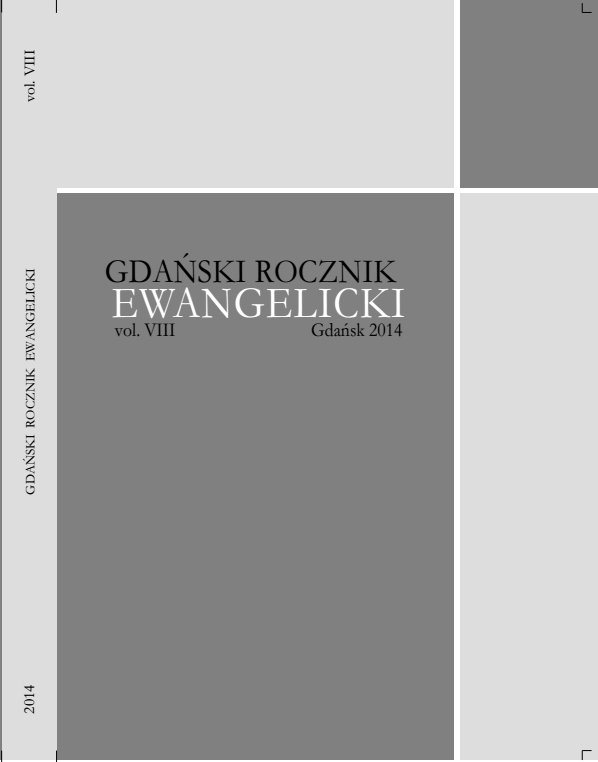„Rzekł mu Piłat: Co to jest prawda?” ’Emet i alētheia w tradycji żydowskiej i grecko-rzymskiej. Cześć II
„Pilate saith unto him: What is truth?” Emet and alētheia in Jewish and Greco-Roman Tradition. Part 2
Author(s): Wojciech GajewskiSubject(s): Christian Theology and Religion
Published by: Parafia Ewangelicko-Augsburska (Luterańska) w Gdańsku-Sopocie
Keywords: Truth; lexeme alētheia; New Testament; intertestamental Jewish literature
Summary/Abstract: The article continues to analyze the lexeme alētheia in the NT texts, aside from the Corpus Johanneum. The conclusions of the analysis point to a heterogeneity of influence. The inspiration has been observed to come both from the classic interpretation of the term (that of conformity to the reality) as well as its usage in the Old Testament or the literature of the Second Temple Judaism. The Synoptic authors in the vast majority used the lexeme alētheia in the meaning of the correspondent definition (that of conformity to the physical and metaphysical reality), and also in a manner similar to the Hebrew meaning of amen. Referring to the Old Testament announcements, they pointed to the fulfillment of the promises in the person of Jesus Christ and in the life of the early Church. According to Matthew and Mark, Jesus did not use this term, while Luke recorded several such instances, one of which is particularly interesting (Luke 16:11). His use of the adjective alēthinos in the parable shows physical goods in juxtaposition with true goods, and the context indicates the initiation base, similar to Jas 1:18 and 2 Pt 2,12. Paul used the lekseme alētheia in its various shades and configurations (the truth of God, the word of truth, the knowledge of truth, the reception of truth, and the truth of Christ). Besides the classic interpretation, he can be said to have contributed to the emergence of synonymy between the concepts of "truth" and "The Gospel". The term was used in a similar way in the letters of James and Peter. This shows the influence of the Qumran literature or – in more general terms – the theological and linguistic concepts of the early Judaism. We can also find specific examples of associating truth directly with the person of Jesus of Nazareth. Truth possesses not only intellectual value, nor is it equal to doctrine, but there has to be consistency between words and deeds, doctrine and morality.
Journal: Gdański Rocznik Ewangelicki
- Issue Year: 2014
- Issue No: 8
- Page Range: 246-264
- Page Count: 18
- Language: Polish

